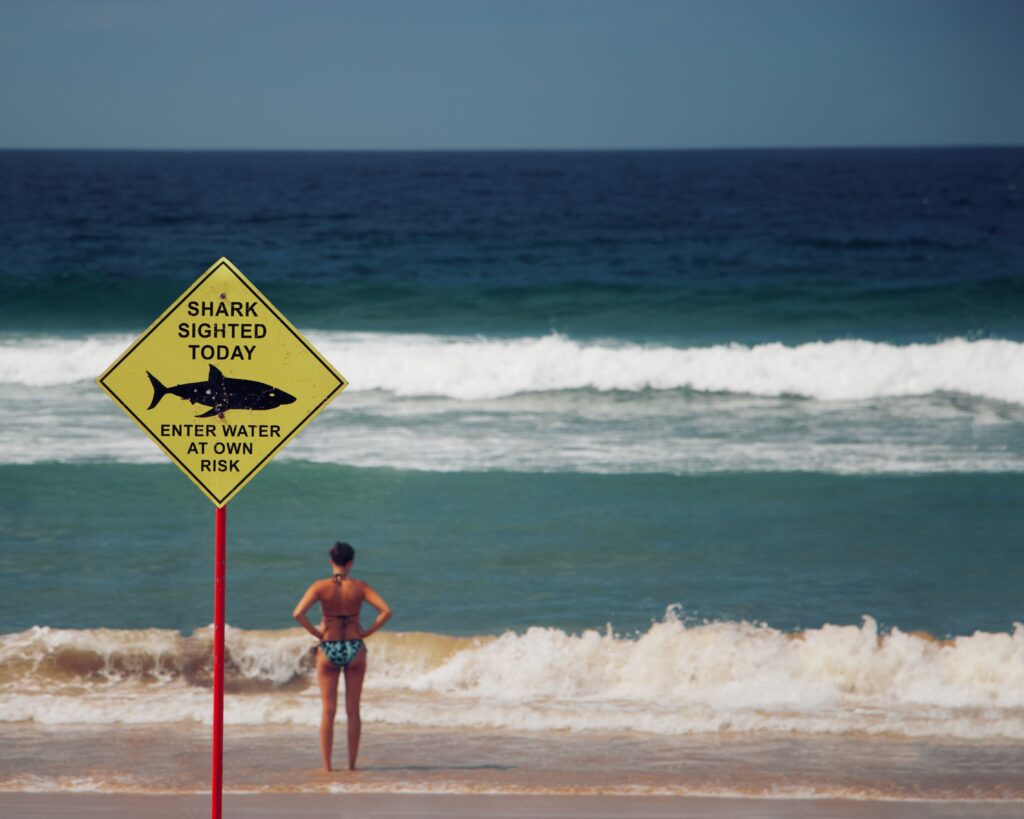Subscription-based social media sites are becoming increasingly popular. In 2021, for example, Twitter introduced Super Follows, which allows users to pay for access to additional content, and a Tip Jar, which makes it easier for users to send money to posters. Patreon is a platform that offers influencers and creators a way to generate income directly from fans or “patrons” rather than through sponsored posts.
But perhaps the best-known subscription-based platform is OnlyFans. OnlyFans was launched in 2016 with the vision of developing a website where creators could monetize their content free of advertising. Creators can set their own monthly subscription price, and unlike Instagram and YouTube, the platform allows sexually explicit content. OnlyFans grew steadily and then experienced explosive growth when the 2020 pandemic broke out and the number of content creators more than doubled.
Edit 8/26/2021: Subscription service OnlyFans announced last week it would block sexually explicit photos and videos starting in October, but suspended the policy change scheduled for Oct. 1 after receiving backlash from Creators.
“A Home for Sex Workers”

OnlyFans is widely viewed as a portal specifically designed for “sex workers” to share adult content. The San Francisco Chronicle wrote about people working in the hospitality or entertainment industry whose jobs were completely eliminated due to the COVID-19 blocks, and OnlyFans enabled them to “monetize themselves.” One of the content creators interviewed stated, “I think OnlyFans has a lot of appeal because it feels very authentisc
The ability to generate income directly from followers offers influencers flexibility, as they don’t have to change their content to comply with brand or platform guidelines for sponsored posts.
Brands use OF for charitable giving while connecting with consumers
Many brands may be hesitant to publish their content on a shared platform that includes pornography, but others recognize the opportunity and benefits of positioning their brand as a supporter of the OF hype and content creator.
Fly by Jing, the maker of Sichuan chili sauce, for example, has opened an OF account “to have a space to show you everything behind the scenes, answer your questions, and experiment with food and flavors. Less Not Safe For Instagram and More Not Right For Instagram.” In an admirable pun, the brand mentions sharing a “bowl of noodz.”
Das Konto ist kostenlos, und für jeden Abonnenten spendet die Marke monatlich 1 Dollar an eine Basisorganisation, die sich für die Rechte und die Sicherheit von “Sex Workers” einsetzt.

Prominente auf OnlyFans
A recent Page Six article states, “OnlyFans is not just for porn stars.” The list of celebrities includes, in order of frequency:
- Models
- Rappers and singers
- Reality stars
- Actors, including former Disney actress Bella Thorne, who earned $1 million after just 24 hours on the platform and briefly crashed the site
- Wife of an NBA star
- YouTube stars
- Winner of “RuPaul’s Drag Race.”
Celebrities don’t just open OF accounts, they talk about them. In the track “Savage Remix (feat. Beyoncé)” by Megan Thee Stallion, Beyoncé raps, “Hips TikTok when I dance/ On that Demon Time, she might start an OnlyFans.” OnlyFans tweeted a response befitting the enormity of Beyoncé’s name recognition.
Some popular Swiss OF accounts are:
- Singer Bastian Baker
- Ex-Bachelor candidate Bellydah Rivera
- Ex-Germany’s Next Top Model contestant Laura Baumgärtner
- Bachelor winner Francesca Morgese
With the exception of Bastian Baker, all publish explicit content.
Connect with consumers, not generate revenue
New York-based fast-casual restaurant Sticky’s Finger Joint has released a YouTube video announcing that it is featured on OnlyFans. The video implies that the content is intended for adults and features more people than chicken. That implication is repeated on the OnlyFans page, which says the goal is to “introduce you to a juicier side of the brand!” Subscriptions are free, and tips unlock secret menu items, with all proceeds donated to ROAR, a relief fund that helps restaurant workers affected by COVID-19.
Jon Sherman, founder of Sticky’s, told Modern Retail that the marketing decision was made to reach “hardcore fans” in an unconventional way. We see ourselves as a fun and quirky food brand,” Sherman said. “So we thought it would be a fun platform to post silly content… He cited millennials and Gen Z, who tend to engage with ‘food porn,’ as a big target audience.”
The risks of brands offering paid subscriptions
Some brands charge subscription fees. American fashion brand Rebecca Minkoff, for example, streamed its A/W 21 show on the platform. Fans of the brand could pay between $5 and $25 to access exclusive content and even chat with Minkoff herself.
There has been criticism that celebrities are taking subscribers away from “sex workers” who rely on the platform as their only reliable source of income. Fly by Jing has also acknowledged this problem, stating, “I want to be respectful to the people who use this platform to make a living. So you don’t have to cut back on your other subscriptions to join us.”

Low reach, high engagement on OnlyFans
OnlyFans boasts “the strongest engagement stats in social media!”. When a:e Creators posts something, over 60% of their fans see and interact with the content. Over 80% of direct messages sent by Creators are seen and opened.”
The percentage share is indeed impressive, but the total volume is low compared to other platforms. For expensive products and services with high revenue per customer, high customer acquisition costs are sustainable and appropriate. However, for many products, such as Fast-Moving Consumer Goods (FMCG), this may not be appropriate.
Influencer Marketing on OnlyFans?
Influencer marketing on OnlyFans is a new territory. However, fans are paying for exclusive, ad-free content, so we should expect them to be rather averse to obvious sales pitches. While this doesn’t mean OF is off limits, it does mean a cautious approach is needed. After all, consumers:inside paid for “cable TV” years ago, which promised to be ad-free, unlike network TV. Commercials eventually caught on and were accepted. Working with an agency like Kingfluencers can help you maximize campaign success while avoiding mistakes.
More earning opportunities for content creators

A Patreon blog describes 6 business models, but the focus is on content creators. For example, the first is “Community model, defined as: Access to a community curated and moderated by the creator.” Other models include educational content and gated content, and the “Fan Relationship Model,” defined as increased interaction with, access to, or recognition by the creator.
Jack Conte, co-founder and CEO of Patreon, said, “This is a great time for creators. Creator:ins now have an incredible impact that they haven’t had in many years because these platforms have been so focused on driving content production rather than paying creator:ins…. We’re fully focused on providing the business infrastructure that allows creators to successfully grow and run their businesses.”
Competition for content creators is still very tough. Patreon offers content creators a way to receive payments directly from their fans. As a result, Patreon is under threat from a number of other technology platforms and services that could start offering competing solutions. According to TechCrunch, “A number of B2B software companies, blockchain projects, or even Hollywood agencies could decide to target Patreon’s core customers, creator:ins.”
Growth for all
The increasing earning opportunities for content creators should in turn contribute to additional growth in the number of influencers and the total amount of content. Brands will also benefit from this, as they will have a wider choice of influencers to effectively reach their target audiences.

Advantages and disadvantages for brands that want to engage on OnlyFans
Unlike Instagram and YouTube, OF allows sexually explicit content.
- Pro: Brands may benefit from positioning themselves as supportive of sex-workers. Some brands have taken a creative approach, discussing sharing “bowl of noodz” (noodles), and “introducing you to a SAUCIER side of the brand!”
- Con: Some brands are reluctant to have their content on a platform shared with pornography.
The thorny issue of charging subscription fees.
- Pros: Brands can charge a fee for access to exclusive content and the chance to connect with influencers.
- Brands could donate funds generated through OF to charity
- Finally, brands can create an OF and post content without charging any fees.
- Con: Audiences might perceive brands charging fees as taking revenue from sex workers who depend on the platform as their only reliable source of income, a backlash faced by Bella Thorne.
- Audiences will have high expectations for paid-subscriptions, potentially requiring brands to invest more in their content creation initiatives.
Engagement is high and the platform feels authentic.
- Pro: Both excellent attributes.
- Con: Overall volume is low, relative to other platforms.
- Could be damaged by the expansion of brands and paid-promotions.
Few brands are already on OF.
- Pro: Brand campaigns and influencer marketing on OnlyFans is a green field.
- Con: Since fans are paying for exclusive content, we should expect them to be more resistant to obvious sales pitches.
Klicken Sie hier, um mehr über unsere Influencer Marketing Services zu erfahren.
Author: Megan Bozman, Owner @Boz Content Marketing
